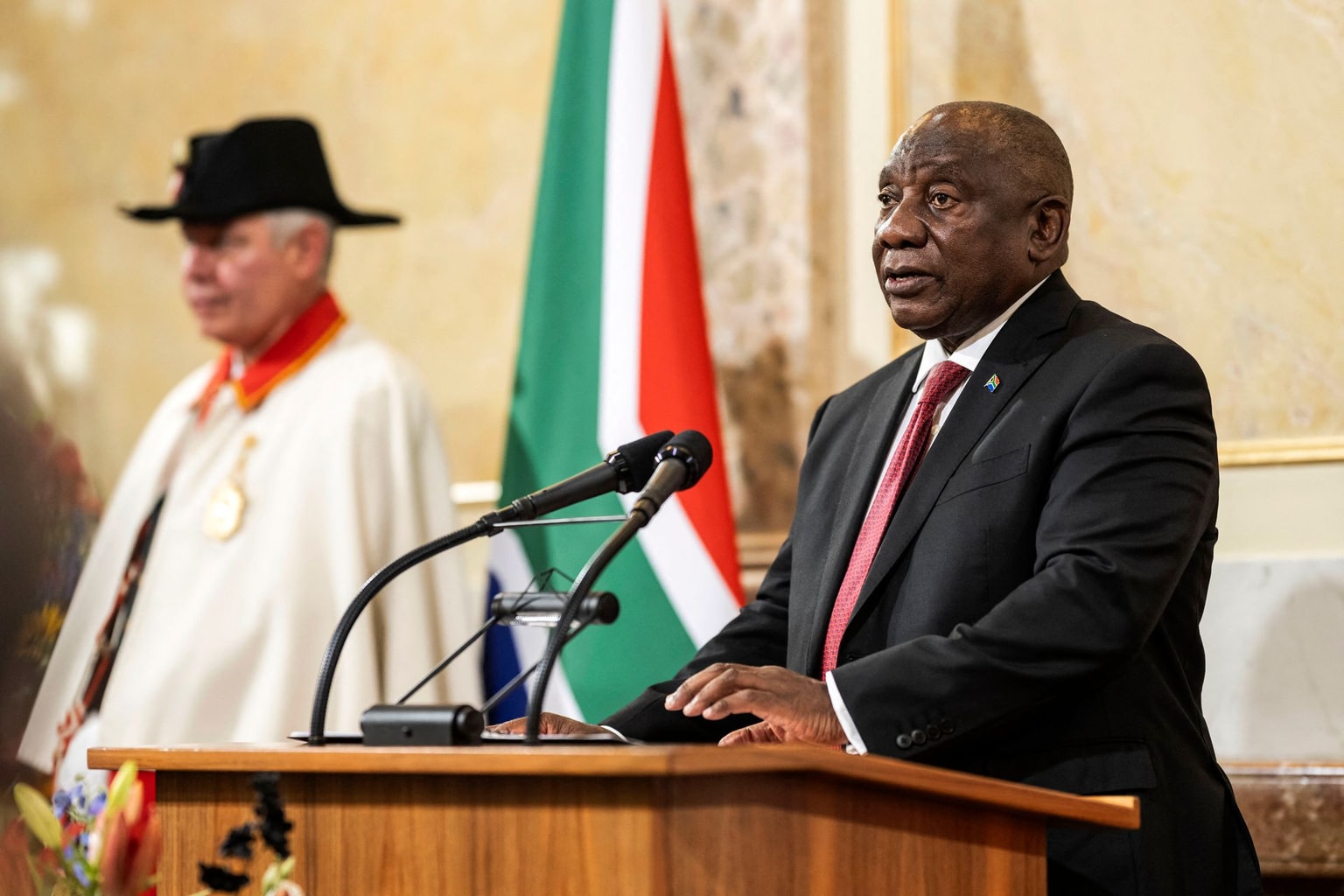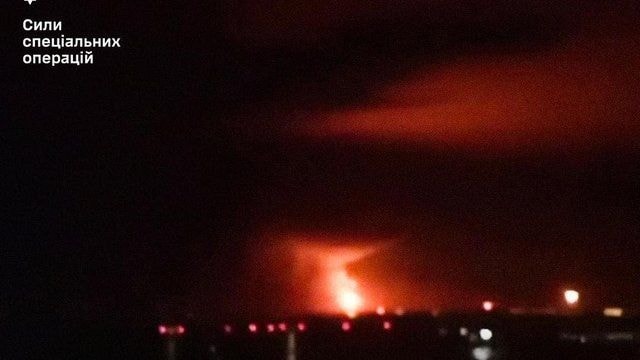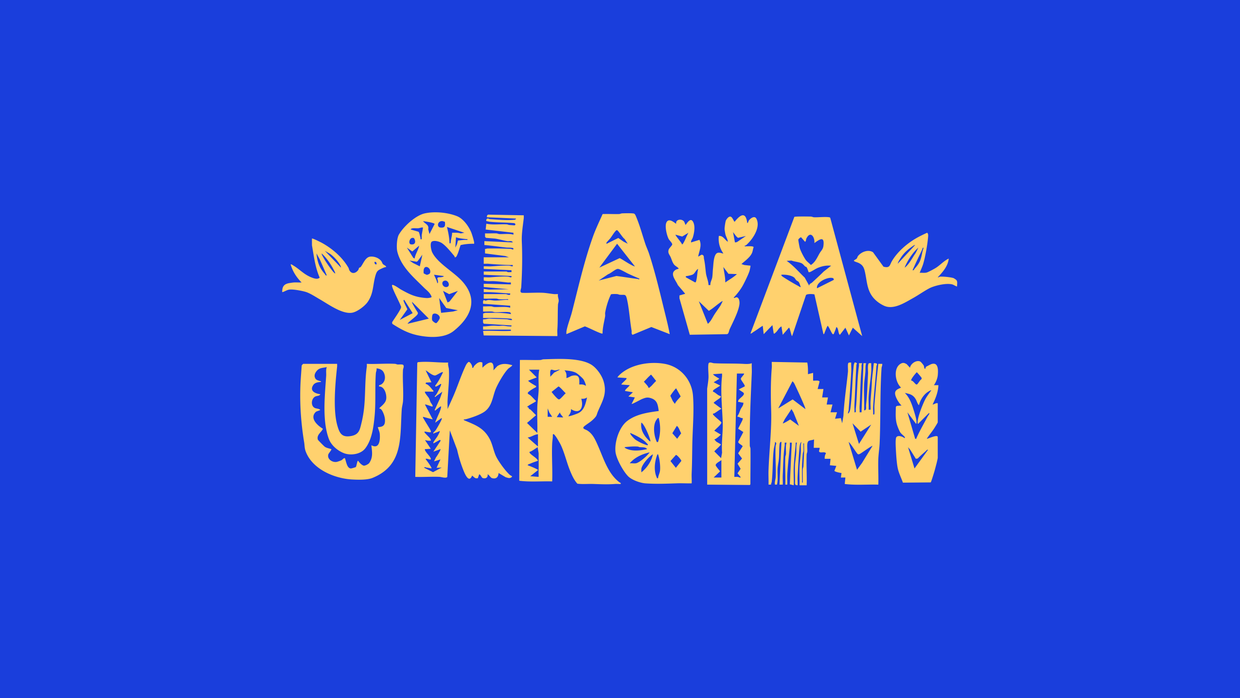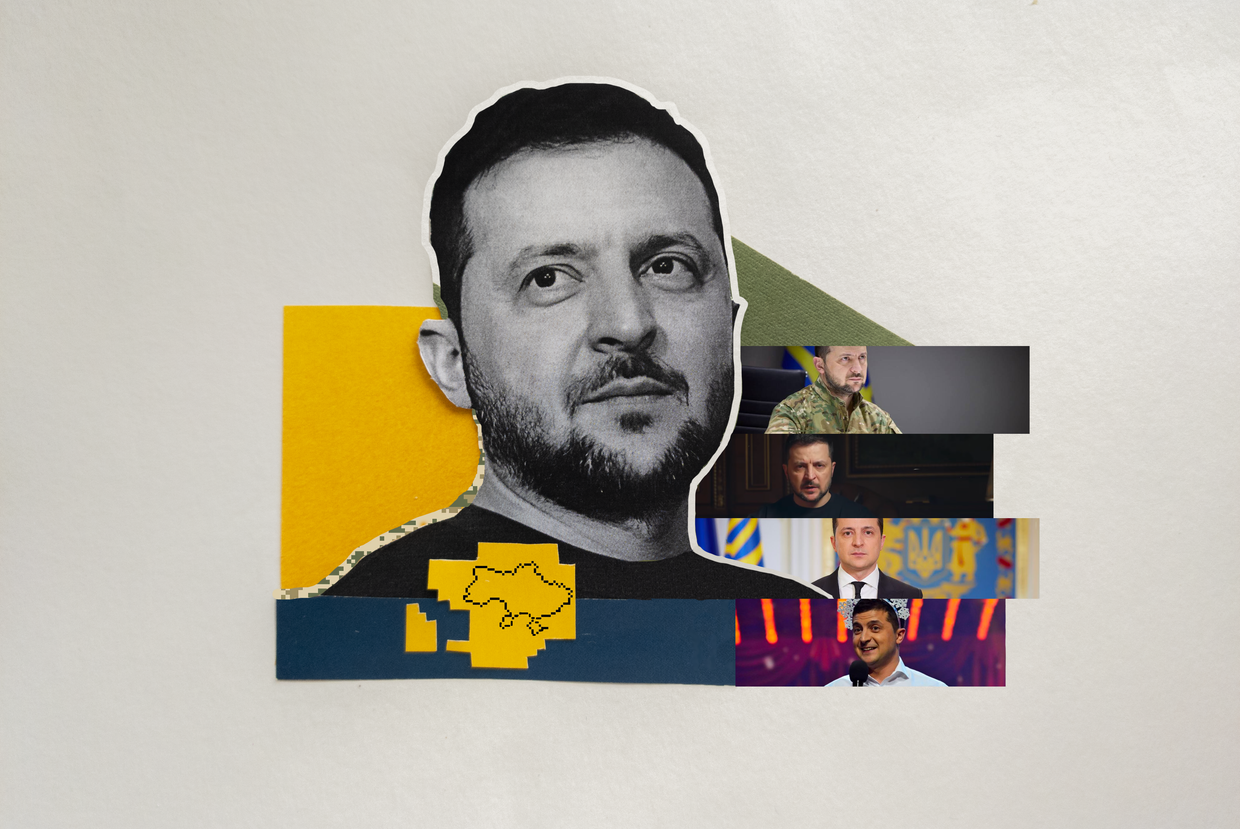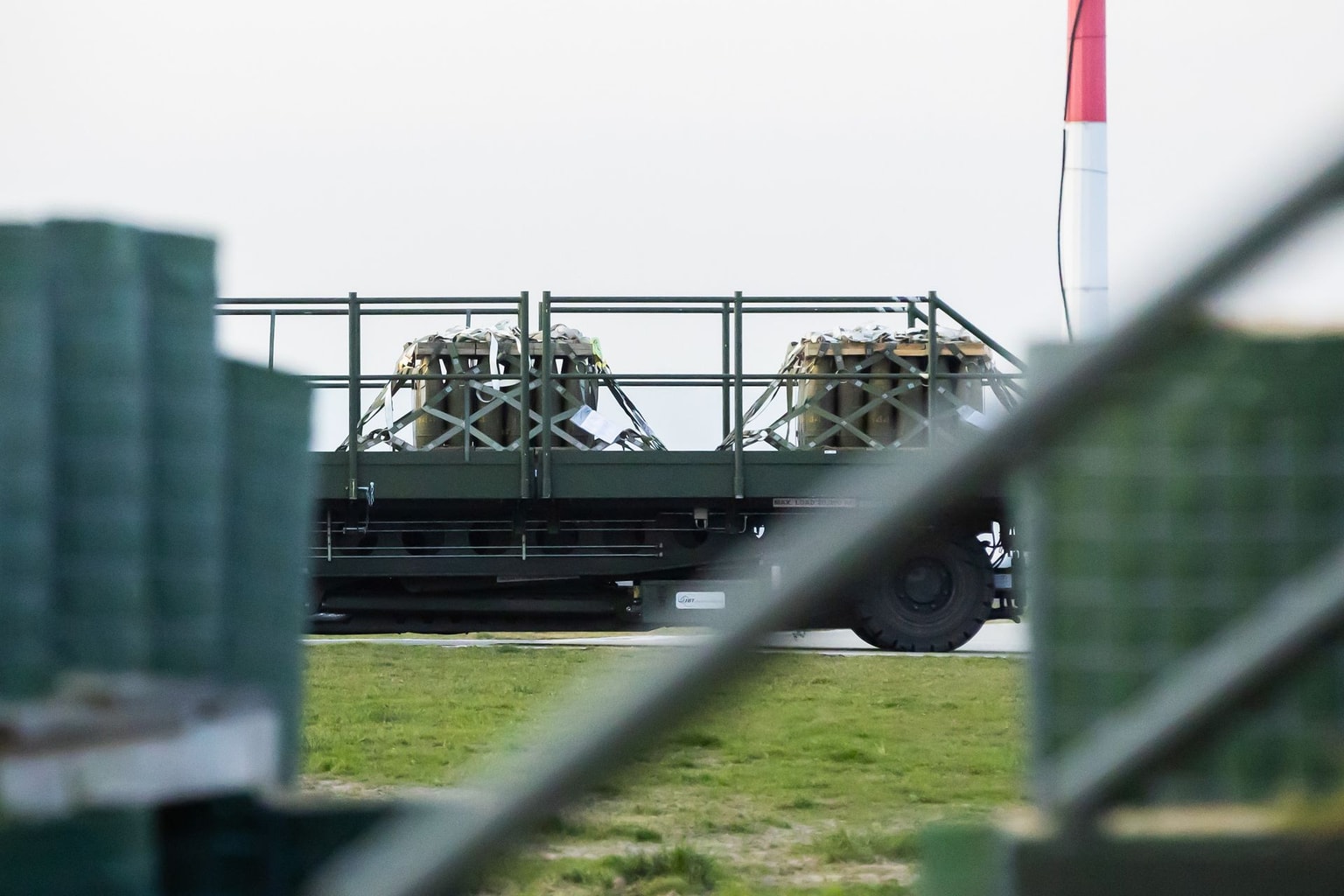
Ukraine news
News Feed
NATO has reversed Russia’s edge in ammunition production, Rutte says
NATO Secretary General Mark Rutte urged member states and their defense industries to "outgun, outproduce, and outsmart those that seek to harm or diminish us."

Ukraine war latest: SBU releases footage of strikes near Pokrovsk
Russian rebel group 'Freedom of Russia' sabotages dozens of locomotives targeting the logistics infrastructure of the Russian military, Ukraine’s military intelligence agency (HUR) reported on Nov. 6.
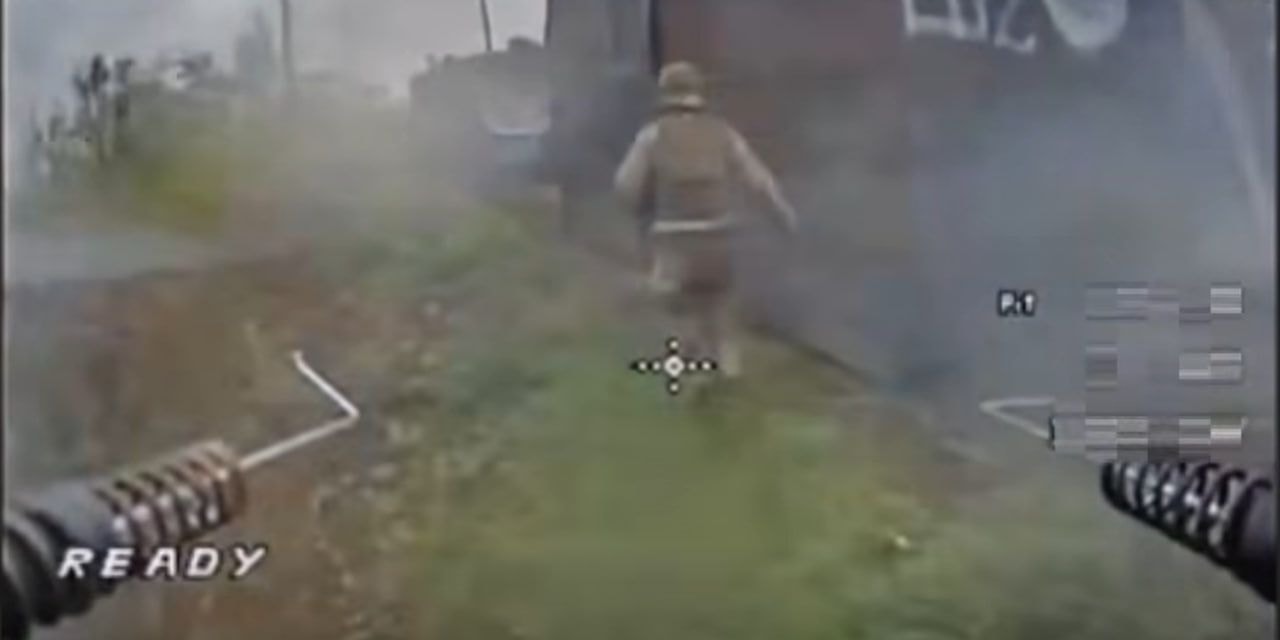
Ukraine’s defense of Pokrovsk on a knife-edge as high command resists calls to withdraw
Ukrainian forces continue to stubbornly defend the pocket around Pokrovsk and Myrnohrad, despite relentless Russian assaults in and around the two cities, leading to an ever-increasing threat of encirclement. Over two weeks since Russian soldiers were filmed breaking into the urban area of the mining city in Donetsk Oblast en masse, the city has descended into a deep gray zone, in which the concept of territorial control is lost in a fog of chaotic movement. "The situation hasn't changed that
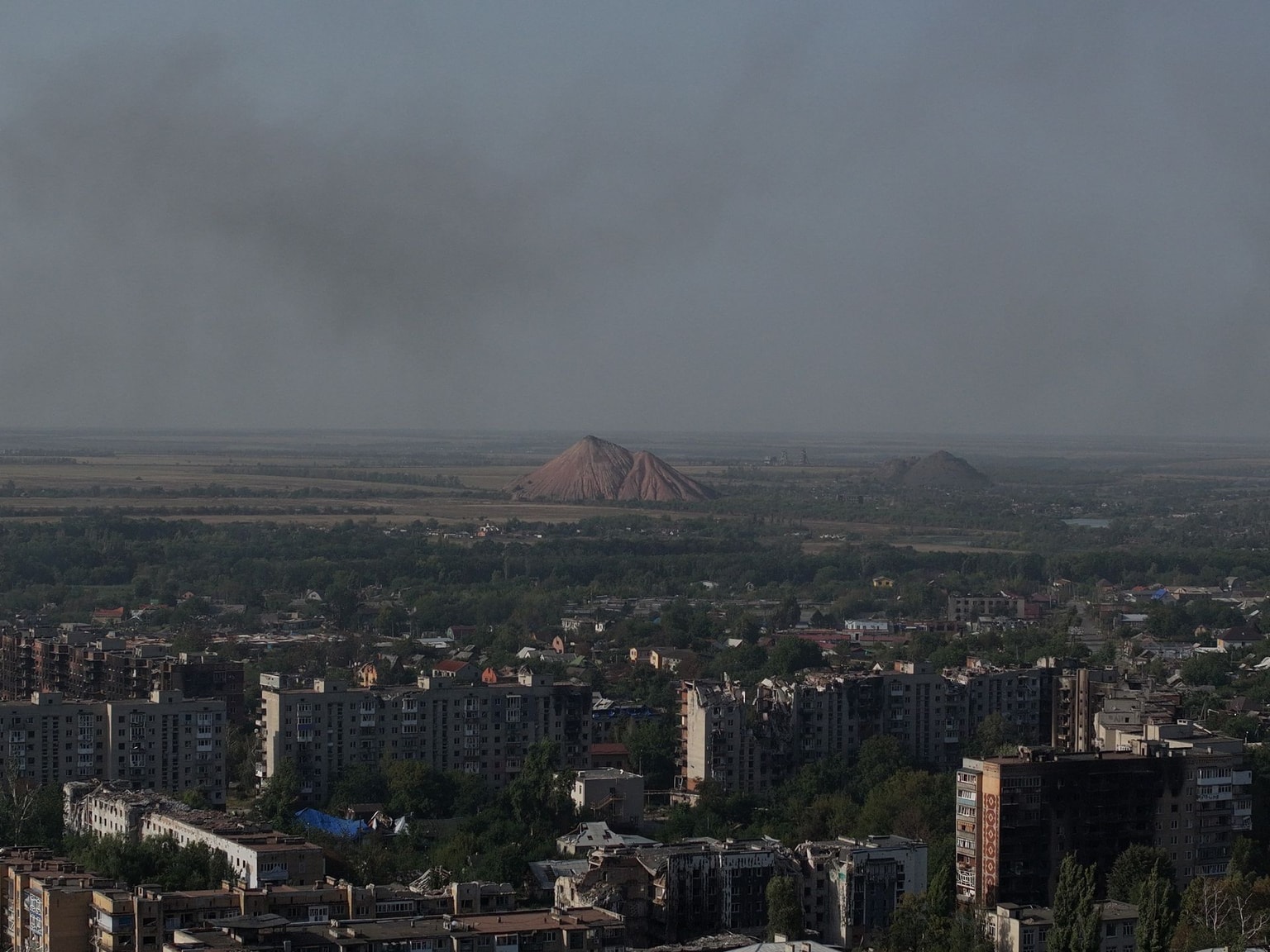
At least 24 relatives of Putin get state-linked jobs, investigative journalists say
Proyekt also reported that the third generation of Putin's family —his grandnephews — had joined the government following himself and the second generation (his children and nephews).

Ukraine's deputy PM on EU membership by 2028, Russian assets loan
Gathering journalists in a picturesque coworking space in downtown Kyiv, Deputy Prime Minister Taras Kachka had two things to talk about — Ukraine's EU accession roadblocked by Hungary, and the Russian frozen assets that Kyiv hopes will cover its staggering budgetary deficit. Results in both remain up in the air. "I'm more than confident there won't be a hole in the 2026-2027 budget," said Kachka, who leads Ukraine's Euro-Atlantic integration, referring to the macro-financial problems Ukraine
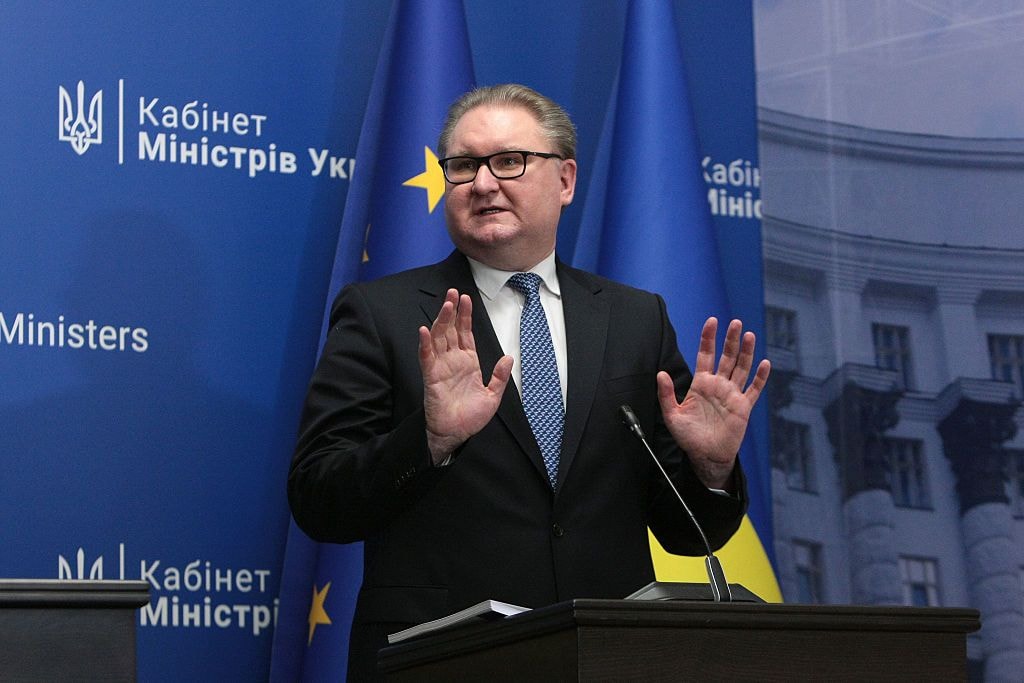
Ukraine sentences Russian soldier to life in prison for executing captured Ukrainian serviceman
A court in Ukraine has sentenced a Russian soldier to life imprisonment for executing a captured Ukrainian serviceman in Zaporizhzhia Oblast, the Security Service of Ukraine (SBU) reported on Nov. 6.
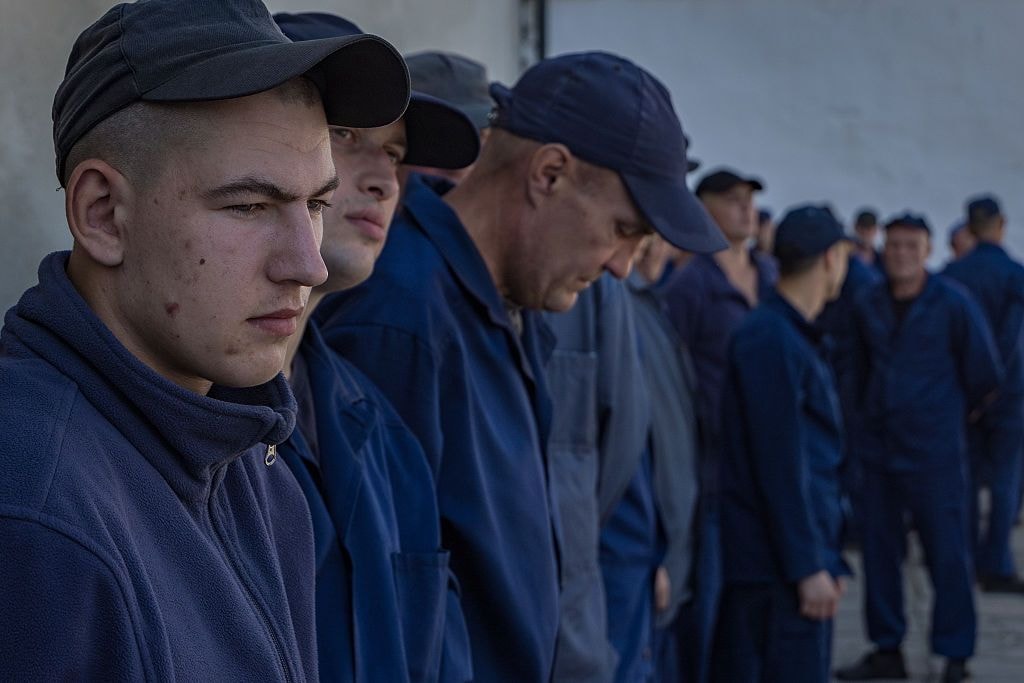
About Ukraine
The Kyiv Independent delivers reliable news, context, and on-the-ground reporting from Ukraine. The largest country located entirely in Europe, Ukrainian territory covers 603,628 square kilometers (233,062 square miles), and is bordered by bordered by seven countries, namely Russia, Belarus, Poland, Slovakia, Hungary, Romania, and Moldova. Ukraine traces its history back to the medieval state of Kyivan Rus.
Most Popular

Trump's comments come days after Finnish President Alexander Stubb suggested a possible meeting between the leaders of Ukraine, Russia, and the U.S. at the summit.
